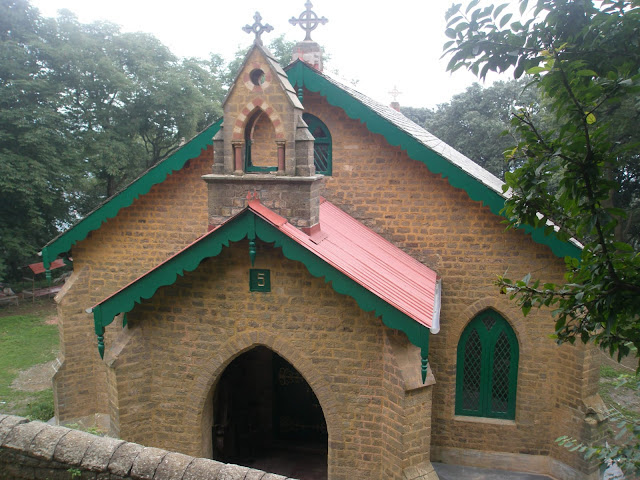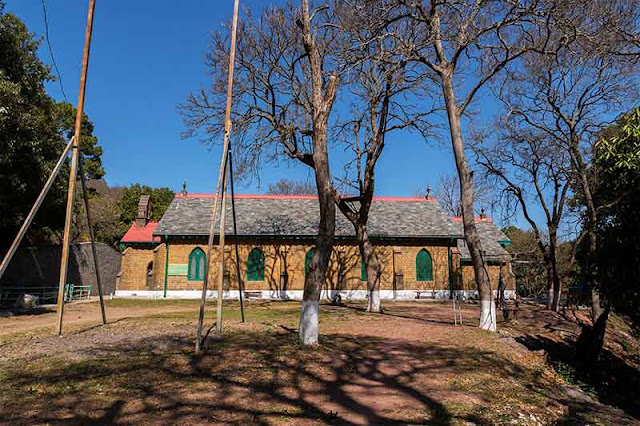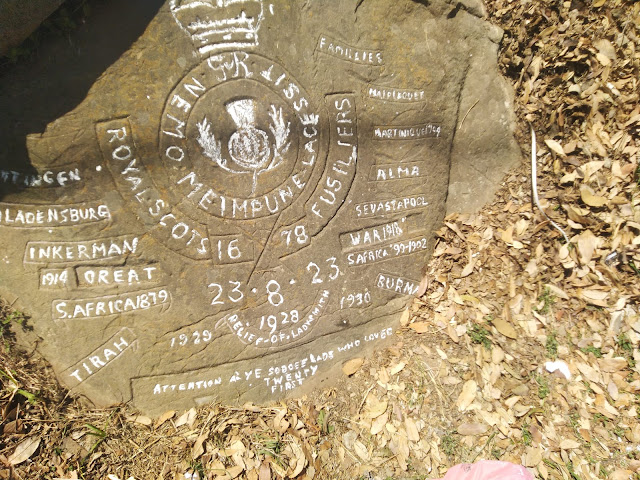Dagshai – a charming little military town of Himachal –has probably more historical significance than many big towns in our state. Its relevance is more as the two intertwined Gs of our history – Gandhiji and Godse stayed in the town’s jail – the first as a visitor and the other as an undertrial after shooting the first.
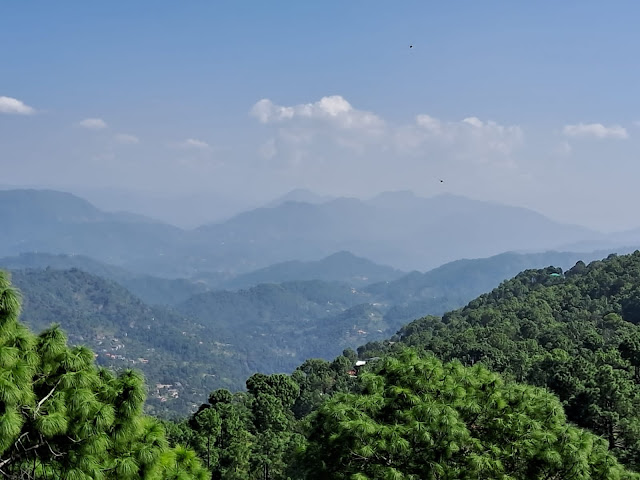
For me, there could not have been a better way to remember Gandhiji on his birth anniversary than to visit one of the places he visited in Himachal. It showcases Gandhiji’s love and support for Irish mutineers and also their influence on his thoughts.
Where Dagshai is today was the area of Raja Patiala and from him, the Britishers took away (free of cost) five villages to house one of their Army units near Ambala Cantt. One of the villages was called Dagshai hence the name. Popular legends say that the name is derived from the term – “Daag-I-Shahi” – the ‘Daag’ or the ‘mark’ the Mughals used to put on the foreheads of their hardened prisoners before sending them to this area as outcasts. However, there is not much authenticity in this story.

Initially developed as a Sanatorium for TB patients, the town gained prominence because of the setting up of the Army cantonment in 1847 and the building of a Military jail in 1849 at a cost of Rupees 72 thousand under the supervision of General Napier. This was a ‘jail’ for fauji prisoners (no civilians were housed in this jail during British times).
Dagshai is not termed as a big tourist destination in today’s times as there are hardly any hotels or big Malls or eating joints – but it attracts those who are keen on re-discovering history and taking tranquil long walks amidst the green chir forests. It will also attract those who are keen on witnessing how the passion of one man restored the history of this town and brought it back into the Tourist circuit – Mr. Anand Kumar Sethi
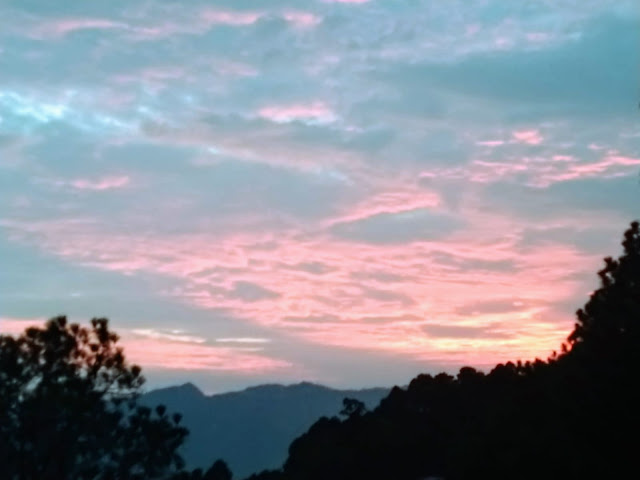
An IIT Bombay Alumnus and a retired Banker Mr Sethi decided to come and live in Dagshai in 2010 because of his family nostalgia. But when he visited the Jail premises he was aghast to see it being used as a storage area by the Army. There were very few Military jails in India during the British and this jail had housed many prominent personalities to be ignored like this. He took it upon himself to restore this place and convert it into a museum with the support of the Army Cantonment. His efforts – both in cash and kind – resulted in Jail premises becoming the second Jail Museum in our country after Central Jail of Andaman in 2011.
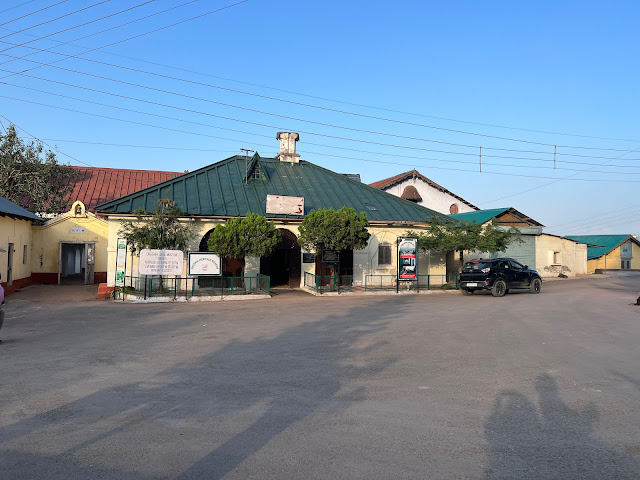
Visiting a Jail never evokes good emotions as one starts imagining the hard life of the prisoners and more so if one is shown a big ‘Bell’ hung on the main entrance which used to ring only when a prisoner was ‘hanged or shot’ or at English festivals – but with Mr Sethi, who also is the curator of this jail, the experience was different.
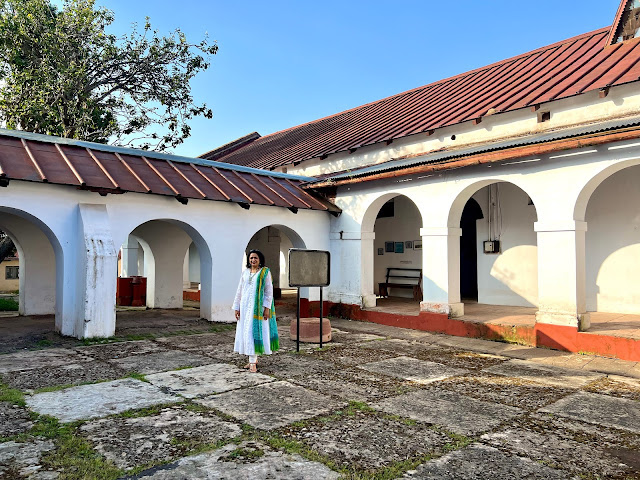
Dagshai Jail is a small T-shaped structure with only 54 cells – 27 for normal, 27 for solitary confinement, one VIP, and one T&P cell (torture and punishment). As was the system in those days – the cells hardly had much space, no proper light or ventilation, and no sanitation. Solitary cells were pitch dark with no facilities of any kind.
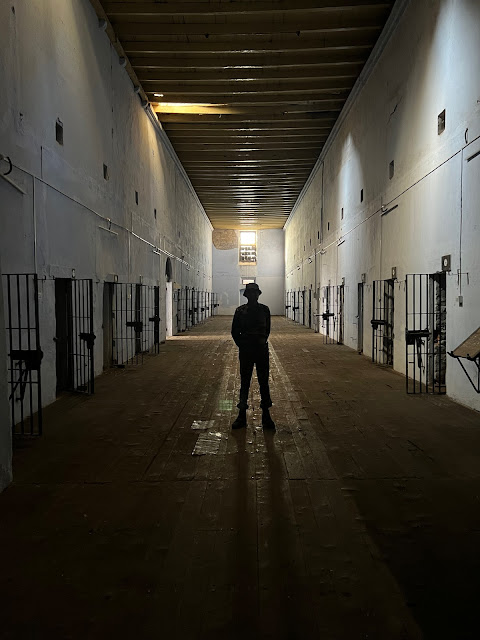
The jail also had a unique punishment system known as “bread and water punishment where a miscreant was made to stand for hours in a narrow space between two doors with just water and bread and no room for any movement. This jail was a ‘No escape Jail’ – as no prisoner ever escaped from there.

Surprisingly the jail was way ahead of its time with a rainwater harvesting system, water pumps, ventilation ducts, a black smithy corner to make the prisoner’s chains, and a fire hydrant installed in 1865.

It was used to house the rouges of the military and became prominent when Gandhiji came to visit Irish Mutineers in support of their cause in 1920. Though arrangements for his stay were made outside he insisted on staying in the Jail and was housed in the only VIP cell of the building. The leader of this mutiny – James Daly, a private from the 1st Battalion Connaught Rangers, was shot dead in November 1920 (the last English man to be shot on political grounds). His remains were eventually carried back to Ireland in the 1970s to be buried there with full military honors.
The other prominent inmates were the Gorkha soldiers after the 1857 revolt, leaders of the Komagata Maru incident, Boer war POW and the last to be housed – Nathuram Godse in transit to Shimla for his trial in 1949 in cell no 6 just next to the main entrance. What a coincidence. He also was the last prisoner of this Jail.
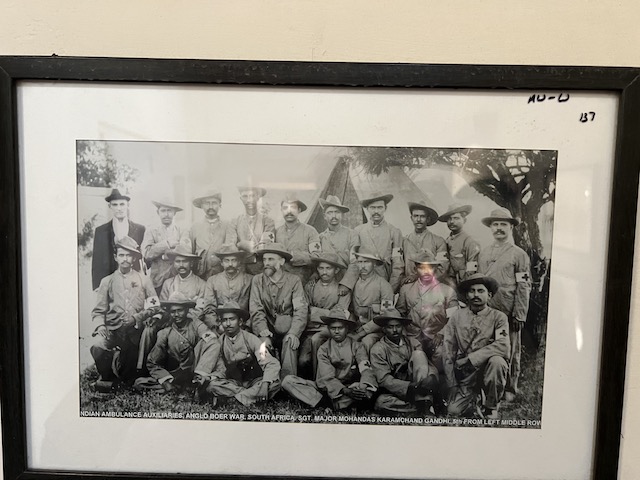
The jail now has many exhibits and details of the inmates housed here. It has a small museum of many pictures and descriptions all painstakingly created by Mr Sethi with the help of his wife Deepa, the Military Command, relatives of the previous inmates, and the British and Irish Governments.
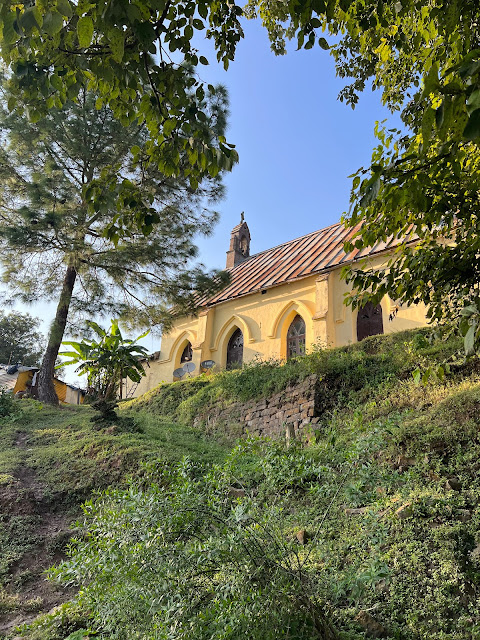
Do you know that Dagshai is also known as a haunting town of Himachal and many ghost stories float around here? It’s mainly because of the ancient graveyards from the early 1800 and also because of many prisoners who were shot here or died naturally. It also has the myth of – ‘Mem ki Kabra’ – which was thought to have healing powers for childless couples.

Another unique feature of the town is ‘memorial stones’ found in some places. They were probably carved by the army – maybe for extolling their battle honor and some in the memory of their loved ones as shown in the pics below.

Dagshai has an old Army School which has produced many war heroes and whose grounds housed the first Durand Cup match in 1888 and the Victory parade after World War I. The Town has 2 small Churches – now restored – again an initiative of Mr Sethi and also a Polo ground.
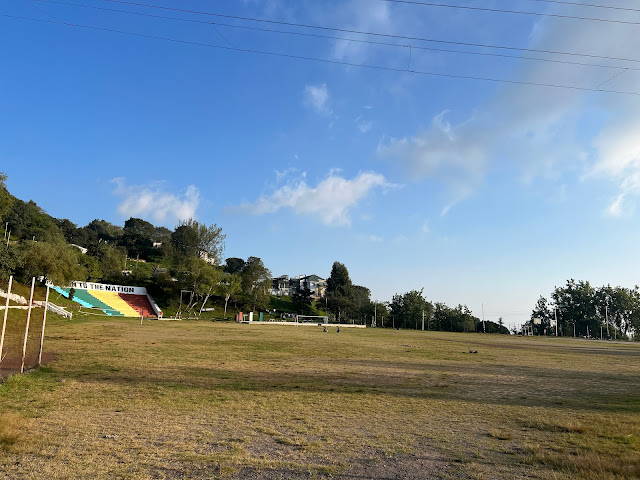
Dagshai is also a get-away heaven for people from the plains during summers and for some permanently after retirement. It is excellent for tracing history and finding interesting snippets including the musings of Rudyard Kipling in his book ‘Plain Tales from the Hills’. And if you are lucky the Sethi couple might take you around and introduce you to its innumerable treasures along with their warmth, wisdom, and yum cake. I loved this quiet little town and shall visit again to explore more.
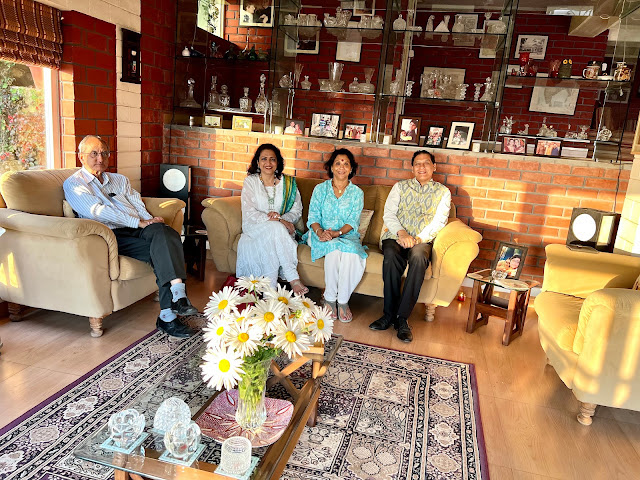

Dr. Anurita Saxena is an Associate Professor of History and teaches in the Government College for Girls in Shimla. She is a post – doctorate from JNU with specialisation in Environmental History. She hails from UP but has made Himachal her home since past 32 years. She has keen interest in all aspects of Himachali crafts, cuisine and culture. An enthusiast for life, she loves to trek, play Golf and Bridge, sing and dance and be a Vipassna practitioner. She conducts sessions on Communication Skills and personal grooming and is a Casual compère with Himachal Doordarshan. She can be contacted at [email protected]


